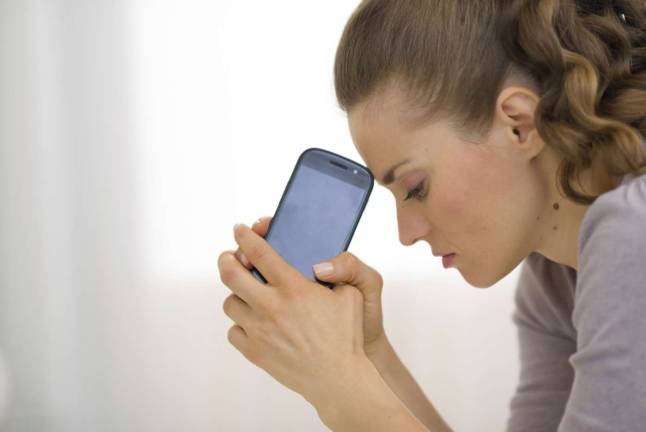Using your cell phone before, during and after a disaster

Cell phones are becoming more and more valuable to our lives — providing internet access, the latest weather forecast, and access to our favorite social networking sites. While cell phones can be a great convenience, they can also be a lifeline after an emergency.
As Administrator Fugate often says, a cell phone is a data center, with the ability to store and access a large amount of information quickly. So why not tap into the power of your cell phone, whether it's the latest-and-greatest model, or a phone that’s been around a while, and be ready to use it in case a disaster strikes?
In recent disasters, like the aftermath of the devastating Haiti earthquake in 2010, cell phones have been an invaluable resource for disaster survivors. I sincerely hope no one finds themselves in the dire situation that many Haitians did following the earthquake, but we can all take steps to make our cell phones a handy resource before, during, and after an emergency.
Here are some tips to making your cell phone an emergency resource:
Store useful phone numbersCheck the numbers for your emergency contacts to make sure they’re up to date. Be sure to save the contact information for your local police and fire departments, as well as your utility companies. That way, you’ll be able to quickly report any service or power outages following an emergency.
Create emergency contactsSome cell phones allow you to create contact groups or lists, making it easy to send a single text message to a group to let them know your status after an emergency. Many social networking sites allow you to create a list or group of contacts as well, making it easy to share your status with your emergency contacts following a disaster.
Stay up to date via TwitterTwitter is becoming an important vehicle for information before, during and after a disaster. One of the common misconceptions is that people need a Twitter account to receive updates. In fact, you can receive updates from Twitter simply by utilizing your phone's text messaging capability (normal text message rates apply). For example, if you wanted to follow Administrator Fugate, text follow craigatfema to 40404 (Twitter’s text message number).
I encourage you to receive updates from the local/state emergency management agencies in your area, along with any other accounts that could provide you with meaningful information before, during, and after a disaster.
Bookmark useful mobile sitesIf your cell phone has internet access, take advantage of mobile websites that are formatted to display information within a mobile browser. The National Weather Service (//mobile.weather.gov), Center for Disease Control (//m.cdc.gov), and FEMA (//m.fema.gov) are mobile sites you can bookmark today.
Back up your batteryThis may not be a tip for using your cell phone, but having an extra battery for your phone (or a solar charger) in your emergency kit will ensure you can use your device if the power stays out for an extended period of time.
The items outlined above are a great place to start, but let me know if you have other tips for using your cell phone or other mobile sites that you have found useful.
For information on creating your emergency plan, getting an emergency kit, or becoming informed about potential disasters in your area, visit Ready.gov.